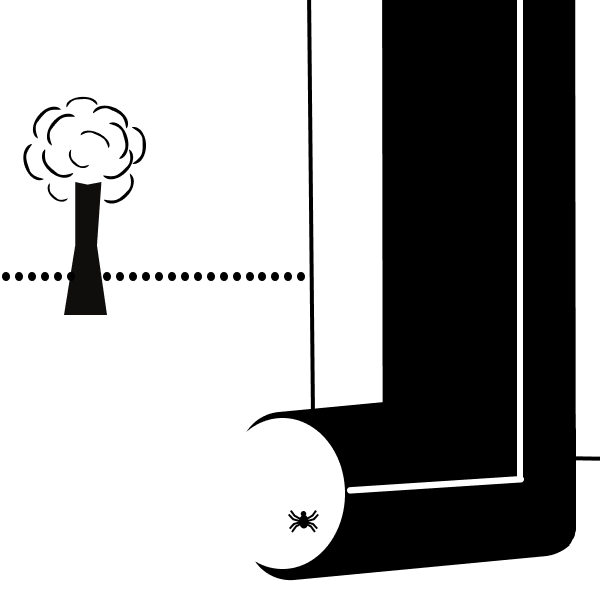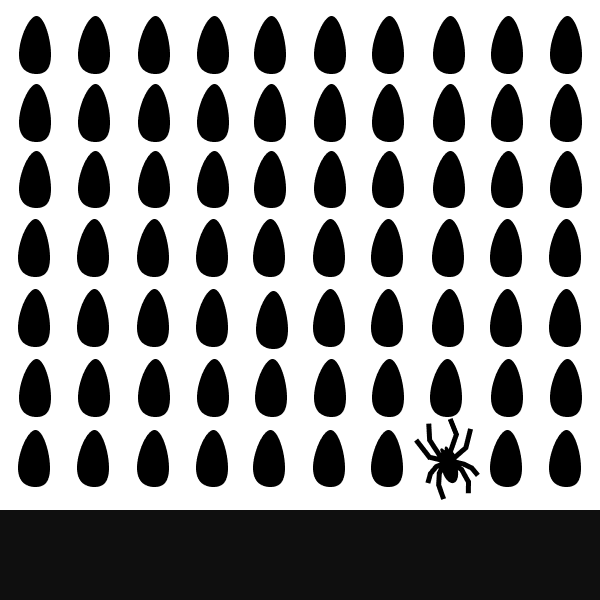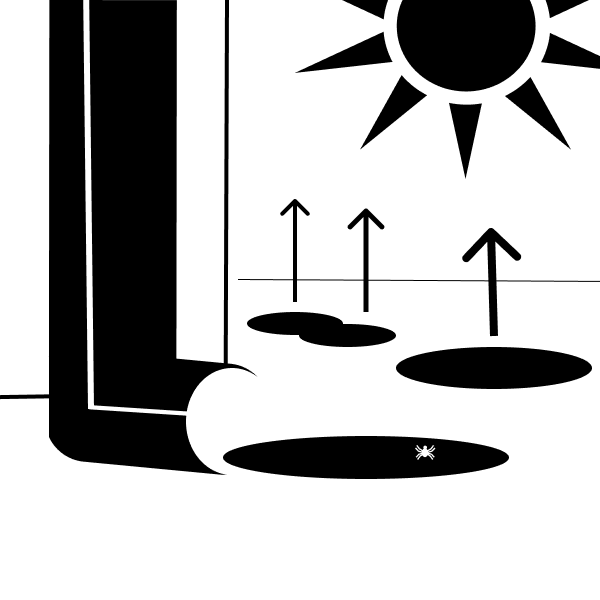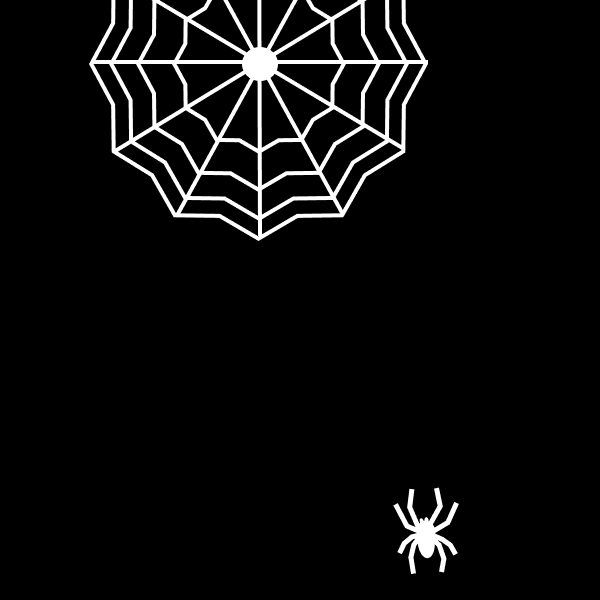





What I learned
In Project 1, I was introduced to the principles of gestalt. I see these kinds of design techniques often, but I wasn’t aware of the technical names and purpose behind them. I like that gestalt causes us to look deeper at a design, giving us more meaning than what meets the eye. I also liked that we were required to stay in black and white, because it allowed me to focus solely on the design execution.
What was easy?
Working in Figma went fairly smoothly for me because I’ve used it many times before. I didn’t have any trouble creating the images I had in mind. Out of the gestalt principles, I found it easiest to portray closure, repetition, and continuation, especially for this story.
What was challenging?
I found that it was more difficult to use figure-ground and shared fate, as these seemed less straight forward. I also found it a bit challenging to avoid too much repetitive in each frame with reoccurring imagery (the water spout, the rain, the spider, and the sun).
How could my submission be improved?
My submission could be improved by getting more experimental, and maybe even more abstract, with my design. I depicted my scenes and figures very representational, but it likely could be accomplished with less detail and formality. I think either way could be successful in portraying the rhyme as long as the gestalt and design principles are evident.
How could the professor improve the assignment for the next class?
Nothing I can think of, thank you!
How might I apply my knowledge in future assignments or work scenarios?
Now that I have a handle on layout and gestalt , I can incorporate these principles in future school and work projects that need spicing up. I will be mindful of margins and avoid tangents and too much symmetry. I have gestalt techniques under my belt for when I want to get creative and create something eye catching and unique.
How did a specific reading or video inspire or help me?
I referenced “The designer’s guide to Gestalt Theory” from Creative Bloq to learn the six common gestalt principles, although in class we expanded on those. The article showed examples of each, which was helpful with learning how to recreate them for my project. Overall, I learned that gestalt principles make our designs more “connected, coherent, and complete”.